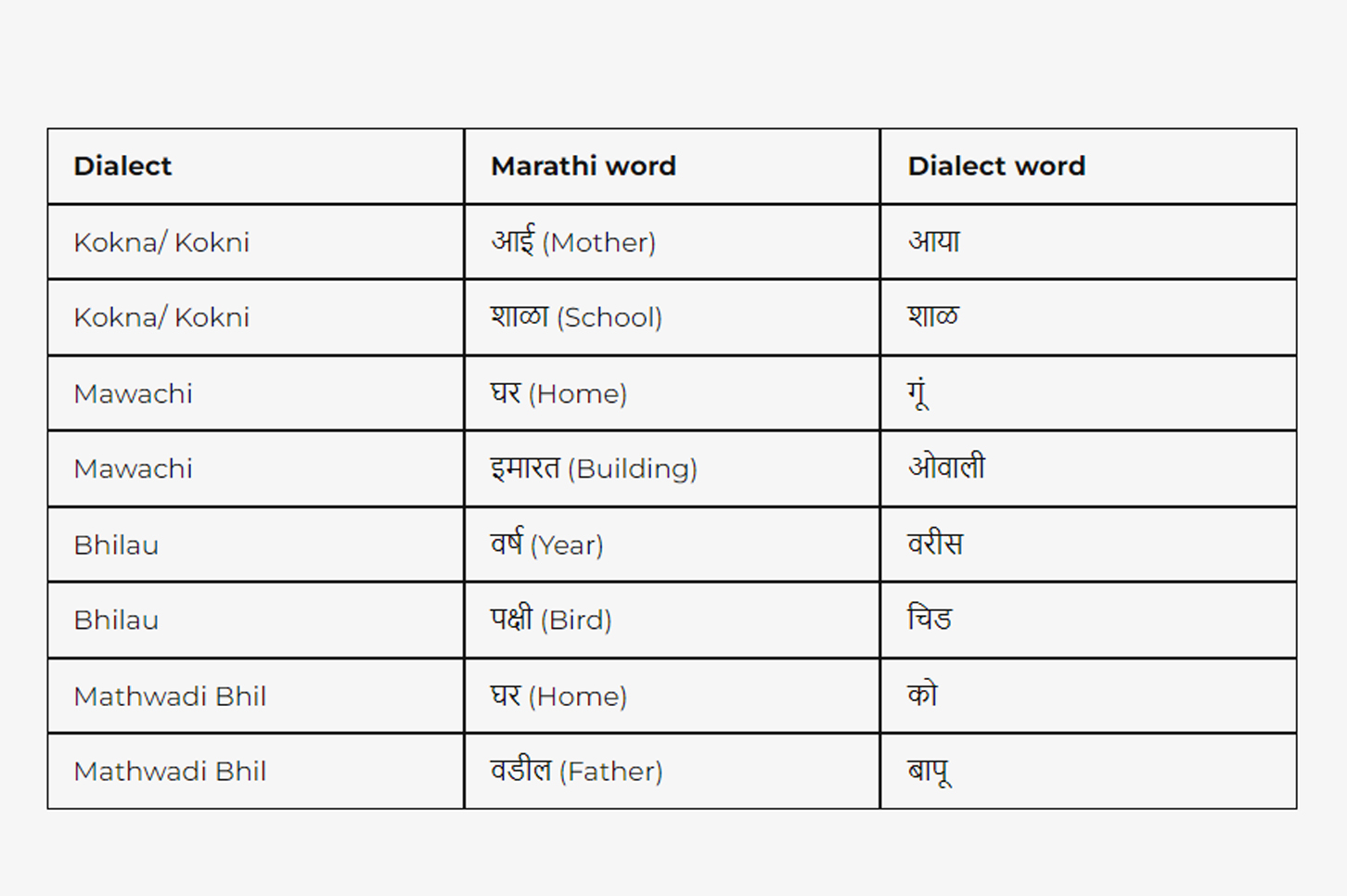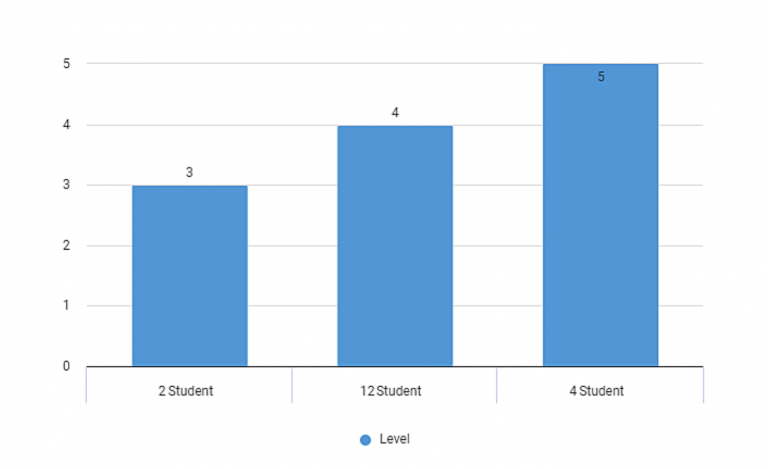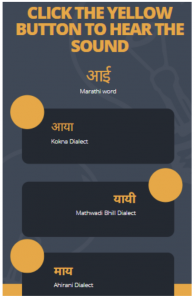- January 15, 2022
- by Educational Initiatives
- Assessments & Learning, Blog
- 0 Comments
Dialect Vs Standard Language Acquisition and EdTech Solution
Today is Anil’s first day at school. Most of his day is spent in trying to understand what the teacher is saying. He fails to understand some parts of the language spoken at school. This is not how they speak at home, although it is quite similar. Some of the words used by the teacher are different. He is hearing them for the first time. For instance, while the teacher is singing the poem of ‘Sasa’ (Rabbit), the picture reminds him of ‘Hoho’ [1]. Even his textbooks use language that is unknown to him.
Consequently, for the most part of the day, he sits quietly and feels alienated. This being the first day, his teacher takes his detachment as his shyness. Every day Anil feels more and more distant, and the teacher cannot fathom the reason. As Anil cannot understand the language, he finds it difficult to learn new concepts. This results in him falling behind and becoming less confident and engaged in class.
A similar situation to Anil can be applied to most children for whom the dialect [2] used at home is different from the standard language used in school. This creates a learning gap for such children as they struggle to understand the new language while also simultaneously learning new concepts in the new language. Due to this, many Indian children (especially those from low-income families) have difficulty reading and understanding anything in the standard language used in school. Children who grow up speaking a dialect face a higher level of language difficulty when learning to read and write because their speech is not the same as the standard written language. The mismatches can be at the level of how the sentences are structured, the vocabulary, or even how a word is spoken.
A tribal district with a high level of dialect struggle
In 2022, a tribal district in Maharashtra gave Pratik first-hand experience of the struggle of children speaking a dialect different from the standard language followed in the schools. He visited the place to interact with the children and their teachers with no idea of what was awaiting him. Here Educational Initiatives’ Mindspark [3] project is being implemented. In Ashram Schools, a few are Zila Parishad Schools [4]. To Pratiks’ surprise, compared to the other government school students in Maharashtra, students of this district demonstrate a lower level of learning and understanding.
Literacy rate in this district is around 55%. Also, 69.3% of the total population belongs to the Scheduled Tribes (ST). As per the Government Vision document 2022, the Gross Enrollment Ratio in 2021-22 is 96%, dropout rate is at 0%, & Pupil-Teacher Ratio is 30%. More than 8 dialects of Marathi are spoken here. At the time of the 2011 Census of India, 45.45% of the population in the district spoke Bhili, 16.06% Marathi, 8.84% Khandeshi, 7.34% Pawri, 4.4% Gamit, 3.79% Urdu, 2.61% Kukna, 2.55% Hindi, and 2.32% Gujarati as their first language. It is also one of the least urbanized districts, having 16.7 percent of its population in urban areas while 45.2 percent of the Maharashtra State Population lives in urban areas.
The table will give you an idea of the differences in some words used in the standard language and dialect.

Source: Link 1, Link 2, Link 3
Standard language acquisition: An issue in tribal belts
As mentioned above, in this tribal belt, more than 8 dialects are spoken. Due to the geographical specifications, the district shares its border with two states. Also, as per the ‘Ashram schools’ model, students till grade 5 acquire 3 to 4 languages. They are home dialect, Standard Marathi language in school teachings, dominant dialects of their friends/ group, and Hindi language for the purpose of daily life communications outside school.
The influence of Hindi & Gujarati languages over dialects like Pawari, Ahirani, Vasave, Konkna, and Bhill is clearly visible. Therefore, primary-grade students here understand some common Hindi words too. The table below shows some observations explaining the dialect issues.

The learning levels [5] of children here are different from their grade level. Chart 1 shows how 18 students in Grade 9 differ in their learning levels. The language gap is one of the primary reasons for the same. While piloting some questions, we found that 10 out of 15 students could give correct answers after the instructions were restated in their dialect. Students also correctly answered questions based on a passage when the passage was explained in their dialect. When children are assessed in the standard language, they perform poorly, versus when assessed in their home language.

Chart 1: Learning level of Grade 9 students
In this district, most schools are ‘Ashram Schools’, where many students come from a nearby region within a 10-15 km radius. Being from different linguistic backgrounds, students form their own groups based on the dialect they speak. To ensure socialisation, many schools have adopted ‘the buddy system’. Teachers pair students speaking different dialects, which helps them learn both languages.
The solution in the Ed-tech
The issue of dialect is indisputable that requires a solution at the grass root. Ed-tech can come in handy by providing a standard language bridge course. One can come across many such courses for English language learning. However, to the best of our knowledge, there aren’t any to solve the dialect issue in vernacular languages.
Broadly, a language bridge course is the use of images, videos, or other digital tools through computer programs or a digital medium to introduce a child to both their spoken language and standard language used in school, allowing them to learn both languages and improve their understanding skills.
Advantages of using ed tech:
- Ed-tech can be used to ensure scalability and decreased teacher/adult and time dependence.
- We cannot expect teachers to know every dialect of the region. Even if they know a few dialects, it may not be possible for the teacher to engage all the children. Hence, in such cases, technology can be beneficial.
- In ed-tech, voice-over integration in the questions, answers, and passage animations can be done, which can be used as a common platform for all dialects at once. (Binogi is a platform that co-teaches students using videos. In this platform, students can switch from one language to another or sub-titles in their home language to better understand the concept.)
- Children can use the ed-tech program at their own pace, anytime during the day, and be self-sufficient.
- Ed-tech can provide software solutions to build one platform across languages & dialects.
- A smart bridge ‘language learning tool’ can be created in which the standard Marathi word, on the one hand, and the dialectical word, on the other hand, can be given for the ease of student learning. Here we can also incorporate pictures, animations, and infographics to better understand the child.
For e.g.

Readying children for the standard language is non-negotiable. Without it, the gap in learning levels is only going to increase. This will further increase low attendance and school dropouts. Ed tech can be a good way to bridge the gap. It can aid in making children more involved and learning more joyous. Hence, we must begin to work in this direction and use technology in the best way possible.
Reference:
Flows, C. (2014, November 6). The Problem With The English Language In India. Forbes. Retrieved September 14, 2022, from here.
Buhler, J. C. (2021, November 10). Do dialect speakers really have a harder time learning to read and write? BOLD. Retrieved September 14, 2022, from here.
Joshi, N. (2021, December 1). Why India’s education curriculum must engage with vernacular languages | IDR. India Development Review. Retrieved September 14, 2022, from here.
Footnotes:
[1] Hoho is a word for ‘Sasa’ in Mavachi dialect, which means ‘Rabbit’.
[2] The Dictionary of a Cambridge school define dialect as a ‘form of a language that is spoken in a particular part of a country or by a particular group of people and that contains some words, grammar, or pronunciations (how words are said) that are different from the forms used in other parts or by other groups
[3] Ei Mindspark is a personalised learning software that allows children to advance at their own pace effectively. Ei Mindspark delivers over 2 million questions daily, and the data collected enhances the child’s learning pathway.
[4] Ashram Schools provide education with residential facilities in an environment conducive to learning.
[5] The Grade refers to a student’s current grade, while level refers to where they are in their learning process. For students with language goals, the level usually falls between their ability and grade levels.


